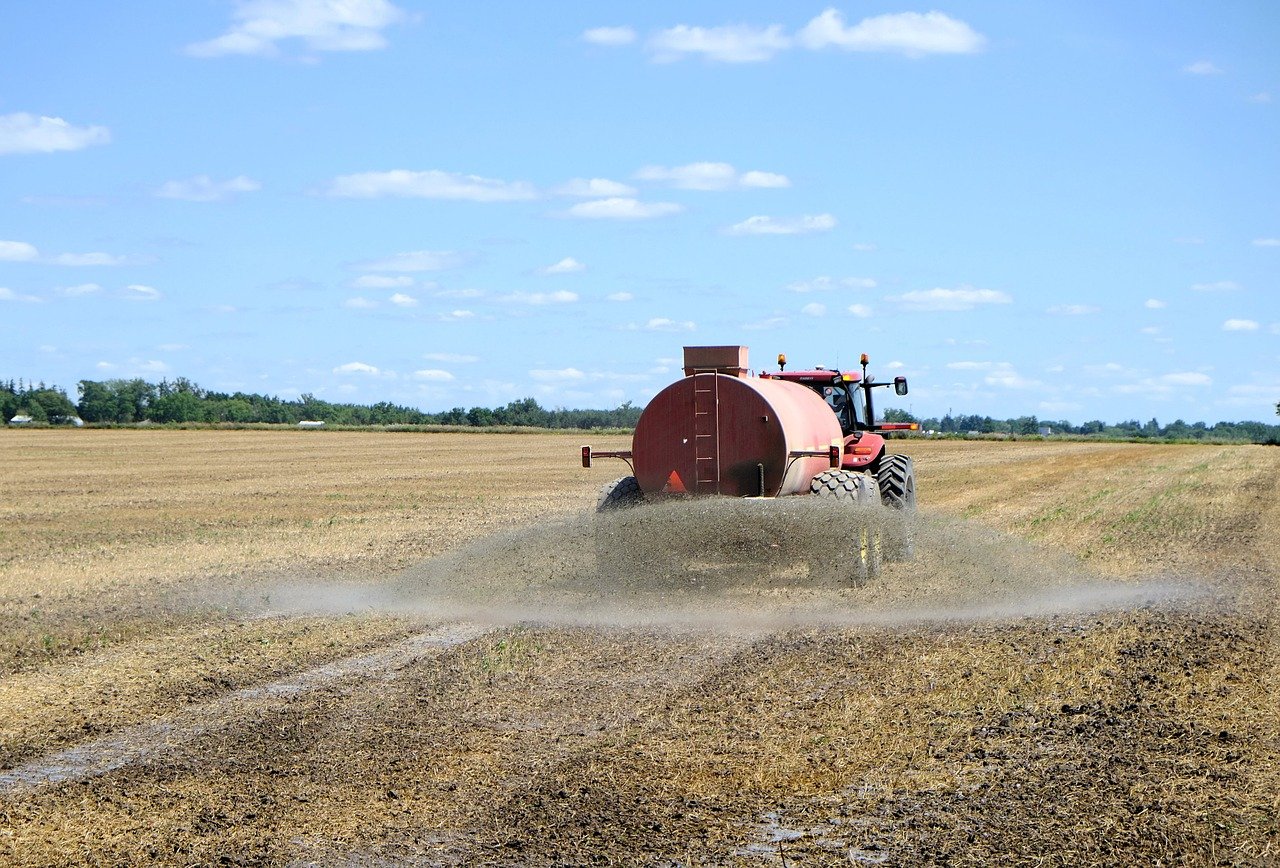Many gardeners have asked, “How does the concentration of fertilizer affect plant growth?” Several factors influence the growth of your plants. The answer depends on the amount of fertilizer you give to your plants.
You must carefully read and follow the labels because too much fertilizer can damage your plants by creating a high salt concentration which could hurt helpful soil microorganisms. Excess fertilizer causes rapid plant growth with an underdeveloped root system. This limits the supply of water and nutrients to sustain the entire plant, reducing the number of flowers and fruit production.

Can Over-Fertilizing Kill Plants?
As we’ve already established, using too much fertilizer can permanently damage and even kill your plants. It can also cause fertilizer burn.
What is Fertilizer Burn?
Fertilizer burn results in foliage scorch caused by over-fertilization. This happens when gardeners overfertilize plants or apply fertilizer to wet leaves. Fertilizers contain sodium, which can dry out your plants. Excess fertilizer results in the yellowing or browning of the leaves, as well as root damage.
Symptoms of fertilizer burn usually appear within a day or two. For slow-release fertilizers, it may take a few weeks before symptoms manifest. You’ll be able to notice yellowing, browning, and withering. For lawns and gardens, you’ll see white, brown, and yellow streaks from where you applied the fertilizer.
How to Prevent Fertilizer Burns
Fortunately, you can easily prevent fertilizer burns. Here are some of the tips you need to keep in mind:
Tip #1
Avoid fertilizing wet lawns or make sure not to let fertilizer come in contact with wet leaves.
Tip #2
Fertilize according to the needs of your plants. Contrary to what most people think, you won’t get better results if you use more fertilizer. It’s only going to do more harm than good.
Tip #3
After applying granular fertilizer, make sure to water your plants thoroughly to rinse off any residue and allow the salts to go deep into the soil.
Tip #4
Choosing to fertilize plants with compost reduces the risk of fertilizer burn because it slowly releases the nutrients into the soil rather than all at once. You can add one to two inches of compost at least once a year.
Tip #5
Plants are more vulnerable to fertilizer burn during drought as the fertilizer becomes more concentrated. Avoid adding fertilizer during hot seasons and wait until moisture conditions have improved.
The Benefits of Mini Greenhouse Gardening
Investing in a mini greenhouse is a great way to prevent fertilizer burn. Since you can control the indoor climate of your greenhouse, as well as the temperature, humidity, and other important factors, you may not need to fertilize your plants. Other than that, here are some of the benefits of having a greenhouse:
Keep your plants safe from harmful insects that’ll eat your produce
Aphids, cabbage worms, flea beetles, and other insects love to eat your leaves and produce. When this happens, your plants become more susceptible to other diseases. It could also affect plant growth and harvest. Keeping them inside a greenhouse lowers the risk of attracting these pesky critters.
Perfect for gardeners with small spaces
Want to start gardening but you don’t have enough space? Small greenhouses are the perfect solution. You can plant almost anything inside a mini-greenhouse, and you can place them anywhere too – on balconies, decks, patios, and even indoors. The standard size of small greenhouses are around six square feet, but there are other smaller options for those looking for more compact greenhouses.
Great for gardeners who want to know more about greenhouse gardening
If you want to know more about greenhouse gardening, a mini-greenhouse functions similarly to regular-sized greenhouses. Before you invest in a larger, more permanent greenhouse, you can use small greenhouse kits to learn the ropes and know more about the growing conditions of different plants.
Start plant growth early
You can use a mini greenhouse to start planting even before the cold season begins in your area. Once the weather gets warmer, you can transplant the crops from your greenhouse and into your garden. Planting earlier means you’ll be able to harvest your crops earlier than you intended.
Protect your plants from erratic weather
Most plants cannot survive during cold winter months, especially the more tender variants. A mini greenhouse protects your plants from snow, frost, high winds, and storms. You can keep them safe inside the enclosure until spring rolls in again.
The Bottom Line: How Does the Concentration of Fertilizer Affect Plant Growth?
If you’re not careful, too much fertilizer can permanently damage your plants. To prevent this from happening, test your soil to see if it lacks any nutrients. It’s best to improve the quality of your soil and forego using fertilizer. You can do so by adding amendments like organic compost, cover crops, alfalfa, bone meal emulsions, or cured manures.
If you need to use fertilizer, natural organic ones work best because they slowly release the nutrients for plant growth. Commercial fertilizers, on the other hand, are more concentrated, increasing the risk of fertilizer burn and permanent plant damage. Hopefully, this article answers the question “How does the concentration of fertilizer affect plant growth?”
